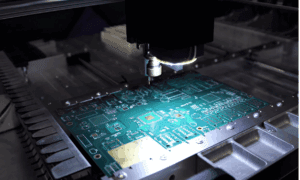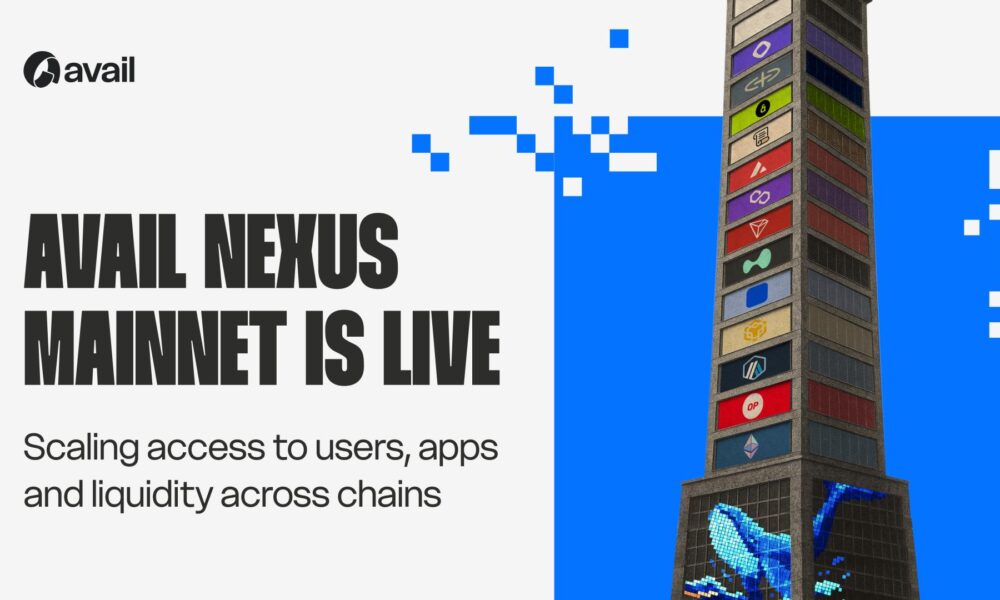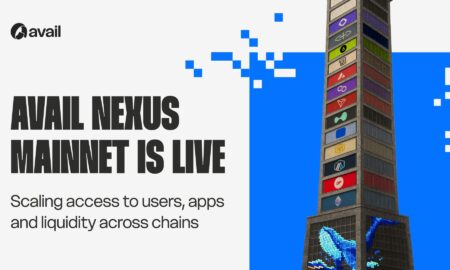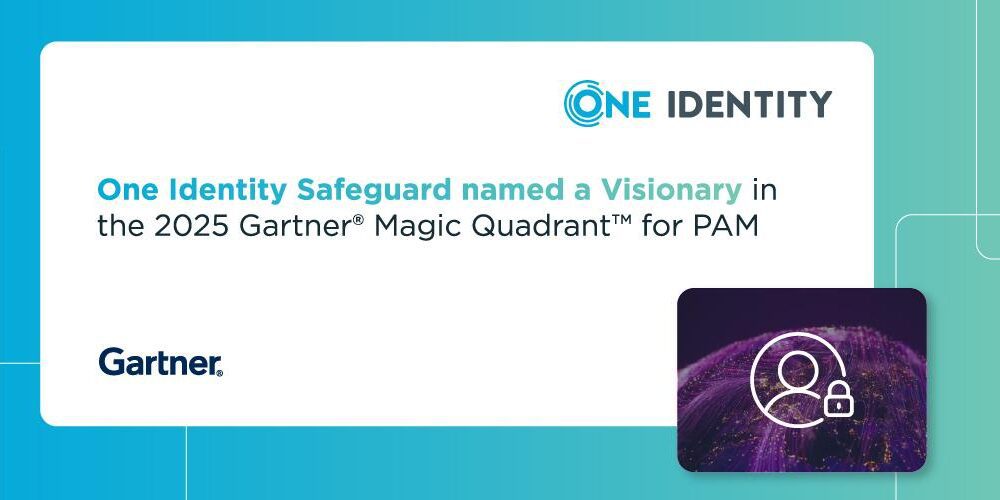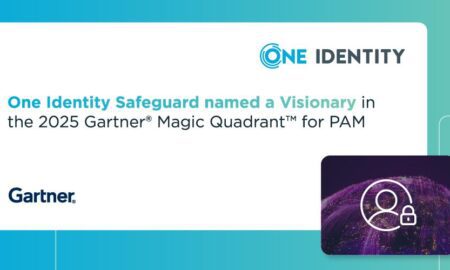Visa and Mastercard, backed by banks, have built a quasi oligopoly to control global payments.
Processing fees, typically 2-4%, generate a staggering $5 trillion in annual revenue.
Now, the tide is changing. The business model of payment intermediation is at risk and a lack of innovation could become the downfall of the card empires.
Recently, a new wave of bitcoin startups, led by companies like Flash, is leveraging the Lightning Network (LN) to challenge the incumbents.
The Lightning Catalyst
The Lightning Network disrupts the legacy payment architecture. Digital commerce demands speed; Visa and Mastercard deliver 1-5 day settlements. Business requires low fees but instead, payment processing eats the margins.
The Lightning Network is Bitcoin’s answer. It is a Layer 2 scaling solution. Lightning allows instant, off-chain transactions. Fees are reduced to fractions of a cent. It creates a global, permissionless payment rail that bypasses intermediaries entirely. This transition is not incremental. It can achieve a 90%+ reduction in payment costs.
Flash: The Enterprise Solution
The complexity of Lightning has historically been a barrier. Running a node, managing liquidity, and securing channels is difficult for the average business. Startups like Flash are solving these issues.
For instance, Flash provides a custom enterprise integrations with their platform (PayWithFlash.com). It abstracts away all technical hurdles and integrations can happen much quicker compared to custodial payment architecture.
Further, e-commerce businesses and any other type of user can build payment solutions with simple APIs and the merchant dashboard and immediately access the cost savings of Lightning.
Merchants receive instant payouts to their own wallet, with optional fiat conversion through a partner integration.
Lightning No Longer Fringe Technology
The case of Steak ‘n Shake demonstrates the success of lightning payments can mean for a business. 50% reduction in fees, 11% spike in sales – accepting Bitcoin payments is no longer a short-lived hype.
Lightning payments cut fees, attract new customers, and future-proof payment optimization strategies. Adding Lightning as a payment option delivers real-world performance improvements with clear ROI models.
- Cost Reduction: Fast-food chain Streak ‘n Shake reported a 50% reduction in payment processing costs after integrating Lightning.
- Sales Growth: This massive saving occurred alongside a 10.7% sales spike.
- Yield Generation: Node operators providing liquidity can achieve a lightning node yield of close to 10%. The payment network itself becomes a revenue stream.
New Ecosystem: Phasing Out Old Rails
Flash is part of a larger ecosystem shift. The industry is rapidly building scalable tools:
- Retail Adoption: Lightspark is actively forming strategic partnerships with companies like Revolut, serving 50 Million users
- Consumer Access: According to data from Lightning As A Service Provider (LSP) Voltage, over 900 Million users have access to Lightning Network rails through apps like CashApp, Coinbase or Strike.
- Next-Gen Finance: From split payments, Lightning tap-to-pay to innovations like Nostr Wallet Connect (NWC) which brings connectivity and direct debit via Lightning – feature possibilities are vast and disruptive.
Startups like Flash are providing the necessary bridge to enter the global money grid. Near-zero-fee payments, global access, instant settlement. The decades-long dominance of centralized card schemes is facing its most potent challenge yet. The dethroning could be close.




